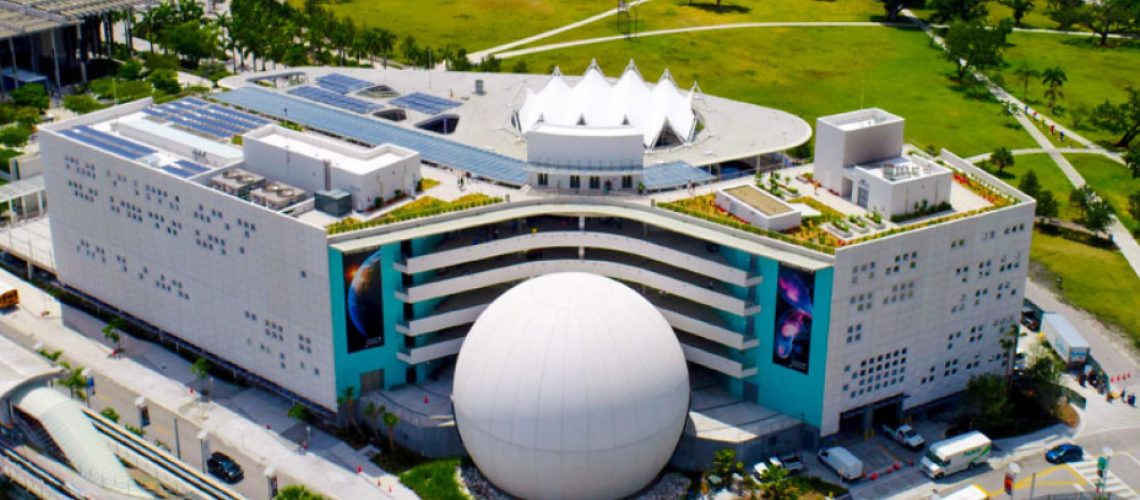BIM and Sustainable Construction

Share this post
What is Sustainable Construction?
Sustainable construction is the combination of sustainable construction practices and sustainable building materials in order to reduce waste and environmental impact. It means more than just using renewable and recyclable resources and materials.
According to The Holcim Foundation for Sustainable Construction[1], it “aims to meet present day needs for housing, working environments, and infrastructure without compromising the ability of future generations to meet their own needs for shelter, spaces for work, and service provision.”
Why Sustainable Construction?
Sustainability is a need as it preserves our environment, reduce the building’s costs, increase efficiency and durability, and provide a healthy environment for people.
Sustainable buildings minimize energy requirements, reduce water consumption, carbon footprint, and wastage, use materials that have low environmental impact, conserve the natural environment, and safeguard human health and wellbeing.
How BIM allows Sustainable Construction
Autodesk mentions that BIM is helping AEC professionals to design net-zero buildings that produce as much energy as they consume, zero-emission transportation systems, resilient infrastructure, and net-positive products, among countless other climate solutions.1
The benefits of BIM for sustainable construction include the ability to analyze, to evaluate green buildings, and to access information to make sustainable decisions.
Its use helps in three key phases: design, construction, and operation.
Greater transparency during the design phase
All the design data is shared in a model and each stakeholder of a project can easily have access to it; products and materials that are going to be fabricated and installed.
It allows contractors, energy engineers, suppliers and other to review all the design data before any money is spent.
Greater efficiency during the design and construction phases
BIM allows real-time collaboration at every step of the process. Thus, all information can be reviewed and enhanced at every stage.
On a sustainable level, it allows to save time, improve efficiency, enhance design, reduce errors, and provide an opportunity to reduce the lifelong environmental impact of the building.
Greater control during the operation phase
What makes the operation phase sustainable is the long-term maintenance of the structure. Thanks to the BIM model, all information is available to the stakeholders, that are thus able to eliminate the potential inconveniences of the building once the project is completed.
Sources
About GAMMA AR
GAMMA AR is a Construction App that brings BIM models to the construction site using Augmented Reality. Check out the features of the software and start your 30-day free trial now.
If you have any questions or need support, send us an email at info@gamma-ar.com
